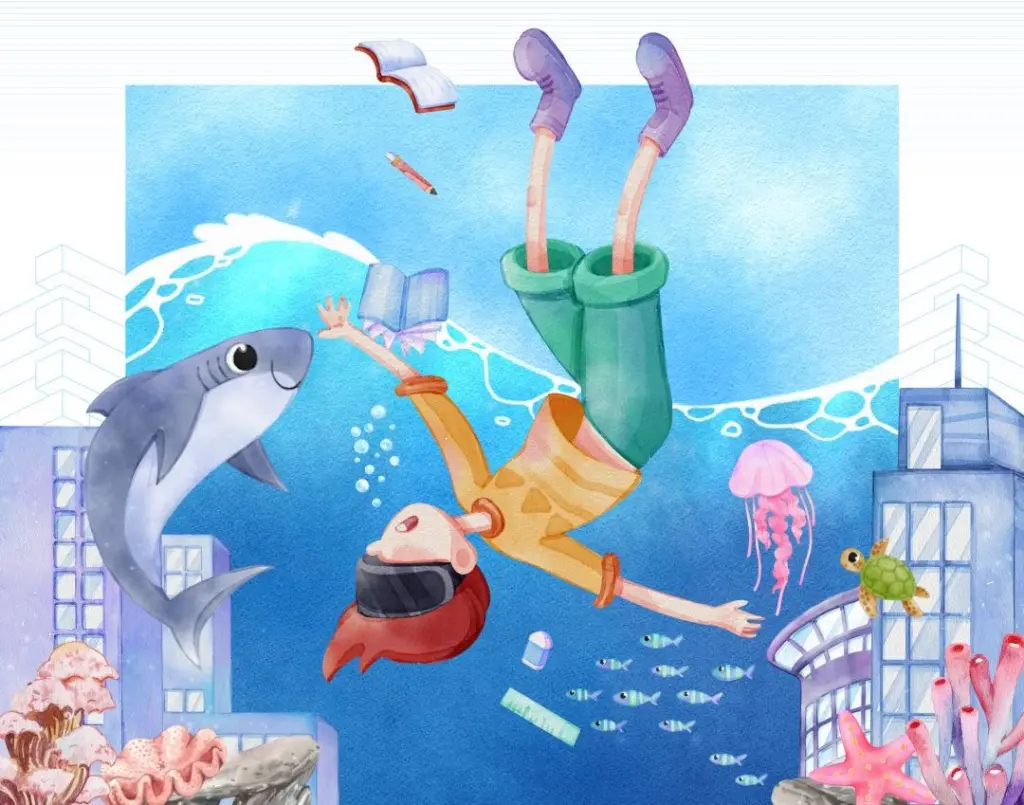In my previous article, “VR in Education: The Content Landscape“, I posed the notion that content will in large part determine whether VR in education is headed towards dayspring or dusklight. I suggested that the current state of affairs wasn’t looking all that bright. In this, the second article of my series, I identify environmental or structural impediments that will undoubtedly continue to constrain the hoped-for coronation of VR in education.

In most education settings, the growth of virtual reality finds itself seriously hobbled by six behind-the-scenes structural challenges:
Bandwidth. School bandwidth still suffers strains, especially with 24-34 students using devices simultaneously in a fixed classroom space. For outbuildings, the situation is worse. This results in lengthy log-in queues, painful latency, periodic freezes, and wasted instructional time. Often, the risk/reward ratio doesn’t incentivize the use of VR.
Content Filters. Many K-12 school filters, designed to protect students from inappropriate content, also prevent VR content from being accessed within school environments. Further complexifying the issue, strict I.T. department gatekeepers and policies make accessing VR content more painful than it’s worth for classroom teachers.
Management Complexity. Dealing with VR in the classroom ain’t easy, at least from a teacher’s perspective, and this frustrates scalability. Storage, repair/maintenance, software loading, content management, hardware replacement, and transportation to classrooms emerge as the chief pitfalls. Most schools have makeshift strategies to manage these issues.
Sanitizing. During and post-pandemic, cleaning and sanitizing regimes have become onerous, with teachers simply opting out of using VR as a shared resource in classrooms.
The Tragedy of the Commons. Most VR resources in schools are shared resources, meaning that one or two classroom sets make their rounds within a school week. The problem with shared resources is the tragedy of the commons. Since no one person really owns the shared resource, they tend to get abused. When necessary repairs or issues appear, there is no owner, and often no budget, to fix the problem. Over time, shared resources in school settings simply decay.
Training. Training in how to use VR effectively, as opposed to merely being a gimmick, is still lacking. Teachers often find themselves completely on their own.
The above structural challenges facing VR in education are all avoidable. Typically, lack of planning causes these things to happen. But lack of planning is a common malady in educational setting. After being taken down at the knees by the Pandemic, virtual reality in education still hasn’t regained its stride in education. And these are some of the reasons why.

